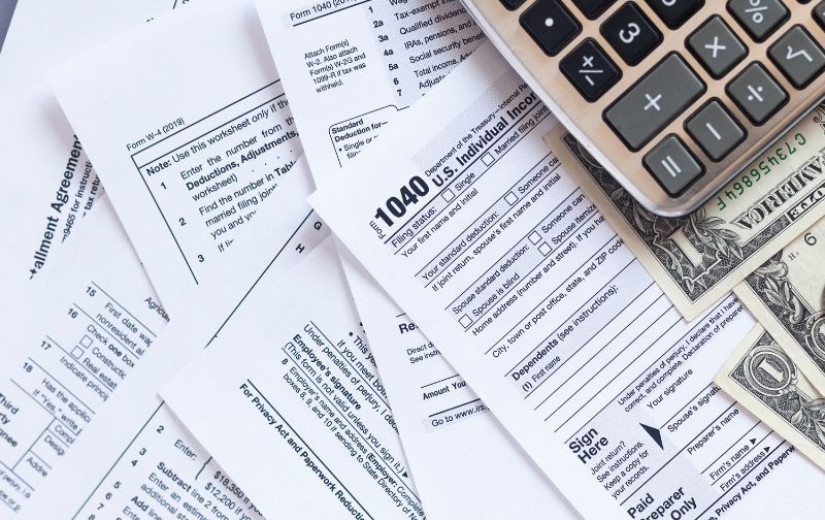
Failed to save article
Please try again

A bicyclist rides on the Valencia Street center running bike lane in San Francisco's Mission District on Aug. 23, 2024. The California Air Resources Board confirmed that it has redirected the e-bike program’s funds as “a recent outcome of legislative direction.” (Beth LaBerge/KQED)
But Kendra Ramsey, the executive director of the California Bicycle Coalition (CalBike), said she was told in mid-October that CARB would shift the program’s remaining funds to Clean Cars 4 All, a similar incentive program for electric vehicles.
While she said she felt the conversation was meant to be private, she expected it would be followed by a more formal announcement from the agency.
“That direct communication from CARB never came,” Ramsey told KQED.

According to Ramsey, about $17 million — more than half of the $30 million that’s been allocated to the e-bike program since its inception in 2022 — is set to go to the program for electric vehicles.
She said she was told that the funds were reallocated based on direction from Gov. Gavin Newsom’s office to use any available CARB funding to continue supporting electric vehicle purchases as the federal government does away with its own incentives.
The Trump administration’s controversial “Big Beautiful Bill,” passed in July, ended federal tax credits of up to $7,500 toward electric vehicle purchases.
“I think that’s really unfortunate that we’re responding to the current federal situation by limiting Californians’ ability to get really the cheapest and most economical, sustainable transportation option, instead of sort of doubling down and saying, ‘We have this really low-cost option that opens trips up for more people, and then we also have this other option for people who need cars,’” Ramsey said.
CARB’s e-bike program, created by a bill passed in 2022, faced difficulties getting off the ground. It wasn’t until 2024 that the agency began issuing $1,750 vouchers for a range of approved bikes to people whose annual household income fell under 300% of the federal poverty line. An additional $250 was available to applicants who met further income criteria.
The program was designed to expand access to an affordable transportation model, especially for non-drivers and people with limited mobility.
While it was heralded initially as an ambitious and significant step toward clean transportation, it also invited widespread criticism after a slow rollout, multiple pushed-back application timelines and two state investigations into Pedal Ahead, the nonprofit chosen to administer the vouchers.

Applicants also expressed frustration over technical issues with the application process once it got underway.
While the state’s electric vehicle incentive program has a rolling application process, the e-bike voucher program, by contrast, requires people to log onto the website at a prescribed time, click the application portal at just the right moment and enter their information under a time crunch.
“I found it a little bit surprising that the same entity would have two similar voucher programs run completely different ways … when they had an existing program that was already working, that was distributing a large amount of money as well,” Ramsey said.
More than 100,000 people flooded the application site during the first drop of 1,000 vouchers last December. A second drop in May yielded a similar interest level.
“There were a lot of challenges. I don’t think anyone will tell you different,” Ramsey said.
Still, she said, at least some of the technology and availability frustrations the program spurred were also a sign of its value.
“The program was successful in showing that if you give people the opportunity to get an e-bike in an affordable manner, that they will take that opportunity and they will use e-bikes,” Ramsey told KQED.
Future drops were expected incrementally as long as funding was available. DeAnda said a third application round had been planned for next year before funds were redirected.
Ramsey estimated that money could have funded around 4,000 more vouchers.
“Such a popular program shouldn’t be ended,” said Christopher White, the executive director of the San Francisco Bicycle Coalition. “It should be operated well and fully funded because it promises to transform the mobility habits of tens of thousands of Californians to be more sustainable, far safer, [and it’s] far less expensive for the individuals to operate their new vehicles.
Like many transit advocate groups, he said he only found out about the shift in program funds from CalBike.
“It definitely gives the sense that CARB knows that this is the wrong direction to be moving in, to keep it so quiet,” he said.









